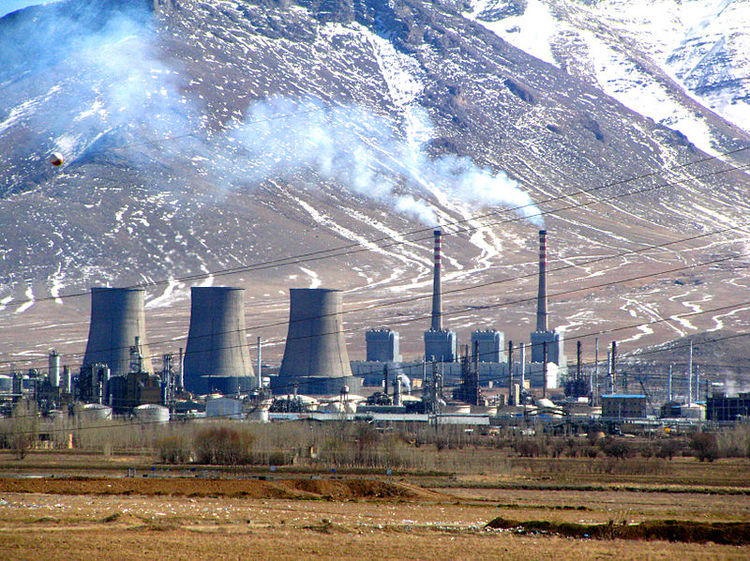Pricing In The Cost Of Pollution
 Under the Kyoto Protocol, each country is assigned a quota on the amount of greenhouse gases which it emits a year. In turn, these countries set quotas on the emissions produced by local businesses and organizations. Each operator has an allowance of carbon credits, and may choose to purchase additional carbon credits as required.
Under the Kyoto Protocol, each country is assigned a quota on the amount of greenhouse gases which it emits a year. In turn, these countries set quotas on the emissions produced by local businesses and organizations. Each operator has an allowance of carbon credits, and may choose to purchase additional carbon credits as required.
Caterpillar Inc. runs an industrial facility which produces tractors. They know that if they produce tractors a month, their net profit from production would be thousand dollars. However, if they produce more than 10 tractors, then each additional tractor will cost them ten thousand dollars in carbon credits.
What is the optimal number of tractors which Caterpillar should produce, in order to maximize their profit?
Image credit: Wikipedia
This section requires Javascript.
You are seeing this because something didn't load right. We suggest you, (a) try
refreshing the page, (b) enabling javascript if it is disabled on your browser and,
finally, (c)
loading the
non-javascript version of this page
. We're sorry about the hassle.
Since we're subtracting 10 thousand for each tractor above 10, we can adjust the equation to be:
− T 2 + 4 0 T − 1 0 0
The constant term was changed to give the same value as the original equation with 10 tractors. But the constant term doesn't matter in optimizing the profit based on number of tractors produced.
You can now use calculus, or simply plug in the multiple choice answers. The maximum of 300 thousand is reached at:
2 0